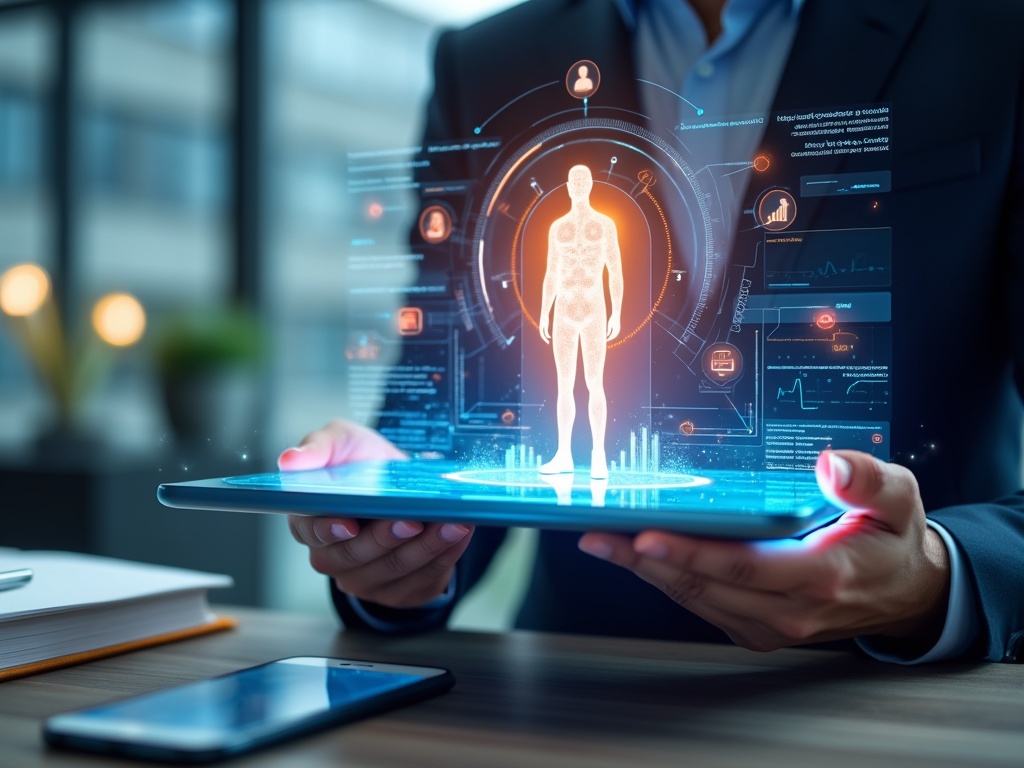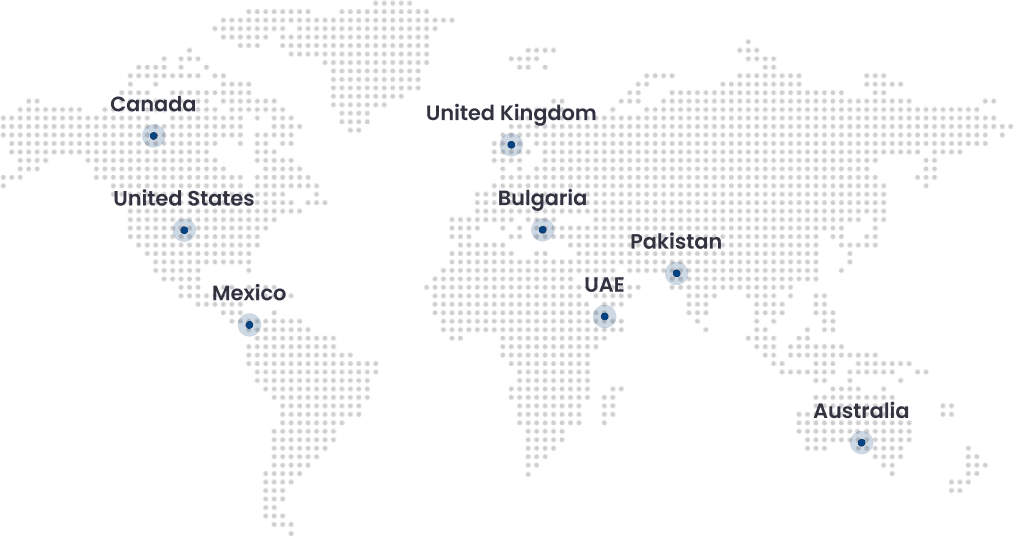Revolutionizing Athletic Performance with AI and Smart Sensors
The sports industry stands at the forefront of technological innovation, with wearable sports technology leading a data-driven revolution that’s transforming how athletes train, compete, and recover. Based on the annual survey of 2,000 clinicians, researchers and practitioners in the fitness industry, wearable technology was named the number one trend for 2025, cementing its position as the most influential force in modern athletics.
The wearable technology industry is experiencing unprecedented growth, with the global market projected to reach USD 186.14 billion by 2030, growing at a compound annual growth rate of 13.6%. The sports technology market specifically is valued at USD 25.20 billion in 2025 and is projected to surge to USD 86.22 billion by 2033, representing a remarkable CAGR of 16.62%. This explosive growth reflects the increasing recognition of wearable technology as essential infrastructure for athletic excellence and the digital transformation of sports performance optimization.
The Evolution of Wearable Sports Technology
Wearable sports technology has evolved far beyond simple fitness tracking to become sophisticated performance optimization systems. These AI-powered devices now integrate biometric sensors, GPS technology, and machine learning algorithms to provide real-time insights into heart rate variability, muscle fatigue, movement efficiency, and recovery patterns.
Modern wearables transform raw physiological data into actionable intelligence, enabling athletes to make split-second adjustments during training and competition. The integration of artificial intelligence in sports has created a paradigm shift where every metric becomes a strategic advantage.
Cutting-Edge Types of Wearable Sports Technology in 2025
1. Advanced Fitness Trackers and Health Monitors
Contemporary fitness trackers like the latest Fitbit and Garmin models have transcended basic step counting to offer comprehensive health analytics. These devices now monitor stress hormones, blood oxygen saturation, and even early signs of illness through advanced biometric analysis.
Key Features in 2025:
- Continuous glucose monitoring integration
- Stress hormone level tracking
- Sleep architecture analysis with REM cycle optimization
- Predictive fatigue modeling using machine learning
2. Next-Generation Smartwatches
The Oura Ring 4 tracks heart rate, body temperature, sleep patterns, and stress levels. Its lightweight, titanium design houses advanced sensors that deliver continuous data and allow athletes to customize their training and recovery strategies. Modern smartwatches have become command centers for athletic performance, offering features that were once only available in specialized laboratory settings.
The Apple Watch Ultra and Samsung Galaxy Watch 6 Pro now include:
- VO2 max calculations with altitude adjustments
- ECG monitoring with arrhythmia detection
- Blood pressure trending
- Mental health tracking through cortisol level monitoring
3. Precision Heart Rate Monitors
Heart rate monitoring has evolved into comprehensive cardiovascular analytics. Devices from Polar, Whoop, and specialized medical-grade monitors now provide:
- Heart rate variability (HRV) trends for recovery optimization
- Cardiac drift analysis during endurance activities
- Zone-specific training recommendations
- Predictive models for overtraining syndrome
Research demonstrates that athletes using advanced heart rate monitors can improve training efficiency by up to 25%, making them indispensable for competitive sports.
4. Smart Textiles and Footwear Revolution
Smart clothing and footwear have become increasingly sophisticated, with companies like Hexoskin and Sensoria developing garments that rival dedicated medical monitoring equipment.
Innovations in Smart Textiles:
- Muscle activation mapping through embedded EMG sensors
- Real-time posture correction feedback
- Temperature regulation through adaptive materials
- Compression therapy with pneumatic systems
Smart footwear now includes pressure distribution analysis, gait efficiency metrics, and injury prevention algorithms that can detect biomechanical imbalances before they lead to injury.
5. Elite GPS Performance Systems
Systems like the Catapult Vector S7/T7 offer precise data on movement, speed, and workload, enabling personalized training and injury prevention strategies. These professional-grade systems are used by organizations across the NFL, Premier League, and NCAA to optimize athlete performance.
Modern GPS systems provide:
- Centimeter-level accuracy for movement tracking
- Load distribution analysis across muscle groups
- Fatigue prediction algorithms
- Heat mapping for tactical analysis
6. Recovery and Regeneration Wearables
Recovery technology has become as important as performance monitoring, with devices focusing on:
- Percussion therapy integration (Theragun PRO smart devices)
- Compression therapy with graduated pressure systems
- Cold therapy monitoring with temperature sensors
- Sleep optimization through environmental control
7. Emerging Technologies: Smart Contact Lenses and Biometric Patches
Smart Contact Lenses Smart contact lenses equipped with miniature sensors and electronics can enable a range of functionalities beyond simple vision correction. These revolutionary devices can:
- Track glucose levels through tear film analysis
- Monitor intraocular pressure for glaucoma prevention
- Provide augmented reality overlays for training
- Eye tracking smart contact lenses could revolutionize various fields, from healthcare to sports performance
Biometric Patches Skin-adherent sensors now offer:
- Continuous lactate monitoring
- Electrolyte balance tracking
- Hydration status in real-time
- Core temperature monitoring
Sport-Specific Applications and Performance Enhancement
Football/Soccer: Tactical Intelligence Through Wearables
Professional soccer has embraced wearable technology as a tactical necessity. GPS vests and biometric sensors provide coaches with unprecedented insights into player performance, including:
- Sprint speed optimization
- Positional heat mapping
- Workload distribution across matches
- Collision force monitoring for concussion prevention
Integration with Football Video Analysis Solutions creates comprehensive performance profiles that inform tactical decisions and injury prevention strategies.
Basketball: Explosive Performance Analytics
Basketball wearables focus on explosive movements and agility metrics:
- Vertical jump force analysis
- Landing impact assessment
- Lateral movement efficiency
- Fatigue-based substitution recommendations
Basketball Video Analysis Solutions complements wearable data to provide complete performance analytics for coaches and players.
Endurance Sports: Precision Training Zones
Running and cycling have benefited enormously from wearable innovations:
- Power meter integration for cyclists
- Running efficiency metrics
- Metabolic threshold determination
- Environmental adaptation tracking
Swimming: Underwater Performance Monitoring
Swimming presents unique challenges for wearable technology, but innovations include:
- Waterproof biometric monitoring
- Stroke efficiency analysis
- Underwater movement tracking
- Breathing pattern optimization
Swimming Video AI Analysis works in conjunction with waterproof wearables to provide comprehensive technique analysis.
Precision Sports: Technical Excellence
Tennis and golf benefit from motion-capture wearables that analyze:
- Swing mechanics and consistency
- Ball impact physics
- Movement efficiency
- Muscle activation patterns during play
The AI Revolution in Sports Wearables
AI applications have the potential to enhance traditional sports performance analysis methodologies. It has enabled video analysis to become faster, more precise, and comprehensive, supplanting time-consuming and potentially biased manual reviews.
Artificial intelligence transforms wearable data through:
Predictive Analytics
- Injury risk assessment algorithms
- Performance decline prediction
- Optimal training load recommendations
- Recovery time calculations
Real-Time Optimization
- Live coaching through audio feedback
- Technique correction suggestions
- Pacing strategy adjustments
- Tactical recommendations during competition
Long-Term Development
- Career progression modeling
- Talent identification algorithms
- Personalized training program evolution
- Performance ceiling predictions
Advanced Performance Enhancement Features
Real-Time Biometric Feedback
Modern wearables provide instantaneous physiological feedback that allows athletes to:
- Adjust training intensity in real-time
- Optimize breathing patterns during exertion
- Maintain ideal heart rate zones
- Prevent overexertion through automated alerts
Predictive Injury Prevention
Similar systems emerge in different types of sports, for example NBA has collaborated with GE HealthCare and MedStar Health to implement injury prevention using data analysis and wearable sensors. Advanced algorithms analyze movement patterns to identify potential injury risks before they manifest, reducing injury rates by up to 30% in professional athletics.
Environmental Adaptation Monitoring
Wearables now track environmental factors and their physiological impact:
- Altitude acclimatization progress
- Heat stress adaptation
- Humidity tolerance development
- Air quality impact on performance
Integration with Sports Video Analysis
The synergy between wearable technology and video analysis creates comprehensive performance intelligence. When paired with sports video analysis solutions, wearable data provides:
- Biomechanical correlation with visual technique analysis
- Performance metric verification through multiple data sources
- Enhanced tactical understanding through movement pattern analysis
- Comprehensive athlete development profiles
Market Trends and Future Outlook
Technology Convergence
Technological advancements, such as wearable devices and data analytics, are key to enabling this level of customization. They provide detailed insights that inform personalized training strategies, allowing for adjustments that are closely aligned with an athlete’s current condition and needs.
Personalized Medicine Integration
Wearables are increasingly incorporating genetic data and biomarker analysis to provide truly personalized training recommendations. This includes:
- DNA-based training optimization
- Nutritional supplementation guidance
- Recovery protocol customization
- Injury susceptibility assessment
Mental Health and Cognitive Performance
Exercise for mental health (#8) reflect strong trends toward programs designed for specific needs and populations. Modern wearables now monitor:
- Stress hormone levels throughout training
- Sleep quality impact on cognitive function
- Meditation and mindfulness effectiveness
- Mental fatigue correlation with physical performance
Challenges and Considerations
Data Privacy and Security
With the increasing sophistication of wearable technology comes greater responsibility for data protection. Athletes and organizations must consider:
- Biometric data encryption standards
- Third-party data sharing policies
- Long-term data storage security
- Consent and ownership of performance data
Technology Integration Complexity
The proliferation of wearable devices can create data silos. Successful implementation requires:
- Unified data platforms
- Standardized metrics across devices
- Integrated coaching workflows
- Simplified user interfaces for athletes
Cost and Accessibility
While professional teams invest heavily in wearable technology, making these advances accessible to amateur athletes remains a challenge. Solutions include:
- Subscription-based device access
- Community-funded technology programs
- Educational institution partnerships
- Open-source development initiatives
Industry Applications Beyond Individual Athletes
Team Sports Analytics
Professional teams now use wearable data for:
- Roster management and trading decisions
- Game strategy development
- Fan engagement through real-time statistics
- Broadcasting enhancement with live metrics
Sports Betting and Fantasy Integration
Furthermore, the legalization of sports betting in several regions, like the U.S. has created new applications for wearable data in:
- Real-time odds adjustment
- Fantasy sports performance prediction
- Live betting opportunities
- Enhanced viewer experiences
Future Technologies on the Horizon
Implantable Sensors
The next frontier in sports monitoring may include:
- Subcutaneous glucose monitors
- Implantable heart rate sensors
- Bone stress monitoring devices
- Neural activity measurement systems
Augmented Reality Integration
For athletes, these lenses could help coaches and trainers develop personalized sports vision training plans to optimize hand-eye coordination and reaction times. AR-enabled contact lenses could provide:
- Real-time performance overlays
- Tactical information during competition
- Training guidance without external devices
- Biometric data visualization
Quantum Sensor Technology
Emerging quantum sensors promise:
- Unprecedented measurement precision
- Real-time molecular analysis
- Cellular-level performance monitoring
- Quantum-enhanced prediction algorithms
SEO-Optimized Conclusion
Wearable sports technology has evolved from novelty gadgets to essential tools for athletic excellence. The move towards personalized training programs is crucial for addressing individual athlete needs, and promoting healthier, longer careers. As we advance through 2025 and beyond, the integration of AI, advanced sensors, and predictive analytics will continue to push the boundaries of human performance.
The future of sports lies in the seamless integration of technology and human potential. Athletes who embrace these innovations, combined with comprehensive sports video analysis solutions and AI-driven insights, will gain significant competitive advantages in training efficiency, injury prevention, and performance optimization.
As the global wearable technology market is expected to grow at a compound annual growth rate of 13.6% from 2023 to 2030 to reach USD 186.14 billion by 2030, the sports industry will continue to be a driving force in wearable innovation, creating technologies that benefit not only elite athletes but also recreational sports enthusiasts worldwide.
Frequently Asked Questions (FAQs)
How does wearable technology improve athletic performance in 2025?
Modern wearable devices provide real-time data on advanced metrics including heart rate variability, muscle activation patterns, biomechanical efficiency, and recovery optimization, enabling athletes to make immediate adjustments and long-term training improvements with up to 25% better efficiency.
What are the latest innovations in wearable sports technology?
2025 innovations include smart contact lenses for glucose monitoring and augmented reality, biometric patches for continuous health tracking, AI-powered predictive injury prevention, and quantum sensors for molecular-level performance analysis.
How do smart contact lenses benefit athletes?
Smart contact lenses can track glucose levels through tear analysis, monitor eye movements for technique optimization, provide augmented reality training overlays, and help develop personalized vision training programs for improved hand-eye coordination.
Can wearable technology prevent sports injuries?
Yes, advanced wearables use AI algorithms to analyze movement patterns, muscle fatigue, and biomechanical data to predict injury risks before they occur, reducing injury rates by up to 30% in professional sports.
How is AI integrated into sports wearables?
AI powers predictive analytics for injury prevention, real-time technique optimization, personalized training recommendations, performance ceiling predictions, and automated coaching feedback through machine learning algorithms.
What role do biometric patches play in sports?
Biometric patches provide continuous monitoring of lactate levels, electrolyte balance, hydration status, and core temperature, offering non-invasive alternatives to traditional blood testing for real-time physiological assessment.How do wearables integrate with video analysis software? Wearable data combines with sports video analysis to provide comprehensive performance intelligence, correlating biomechanical metrics with visual technique analysis for complete athlete development profiles.

Areeb is a versatile machine learning engineer with a focus on computer vision and auto-generative models. He excels in custom model training, crafting innovative solutions to meet specific client needs. Known for his technical brilliance and forward-thinking approach, Areeb constantly pushes the boundaries of AI by incorporating cutting-edge research into practical applications, making him a respected developer in folio3.









